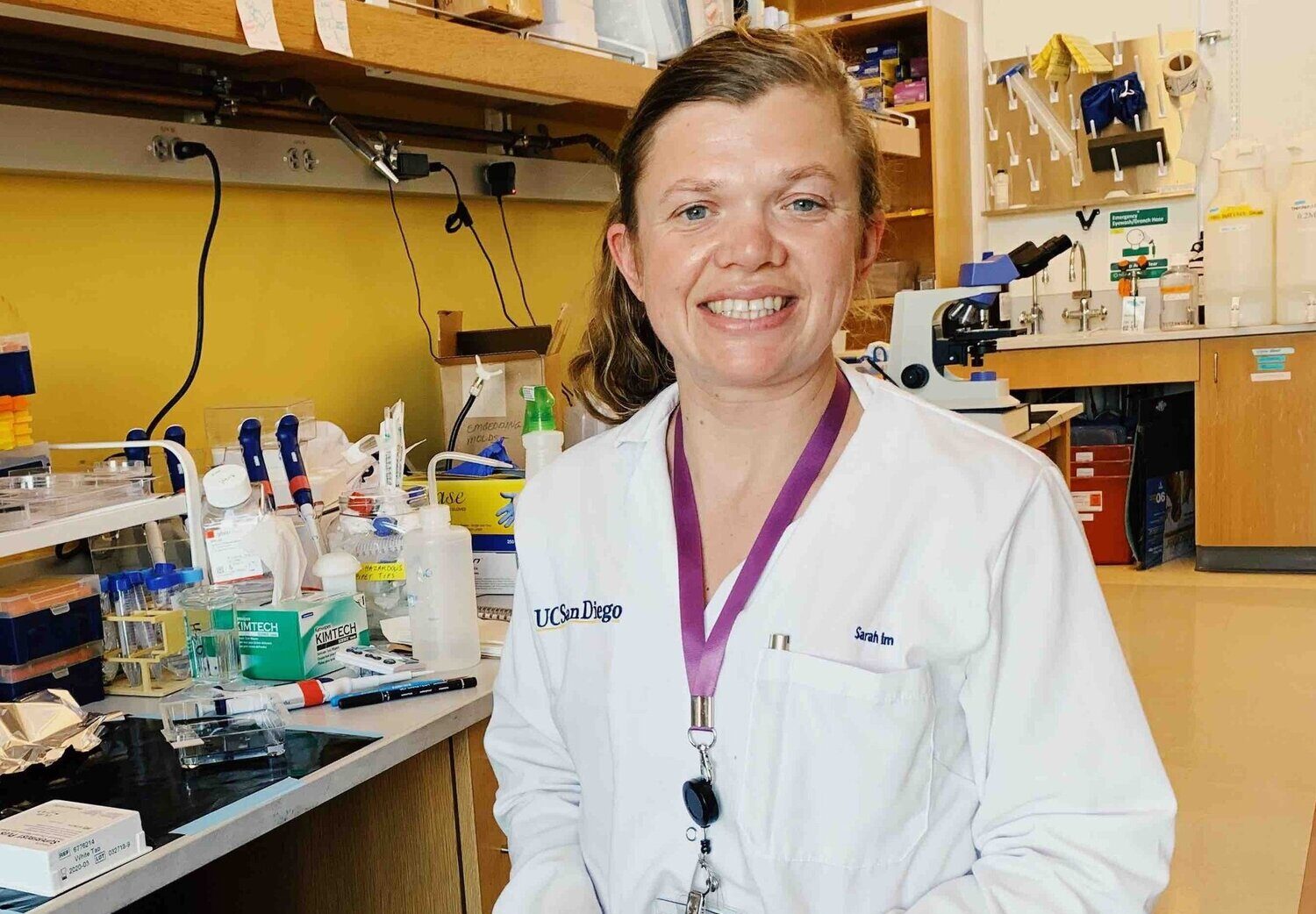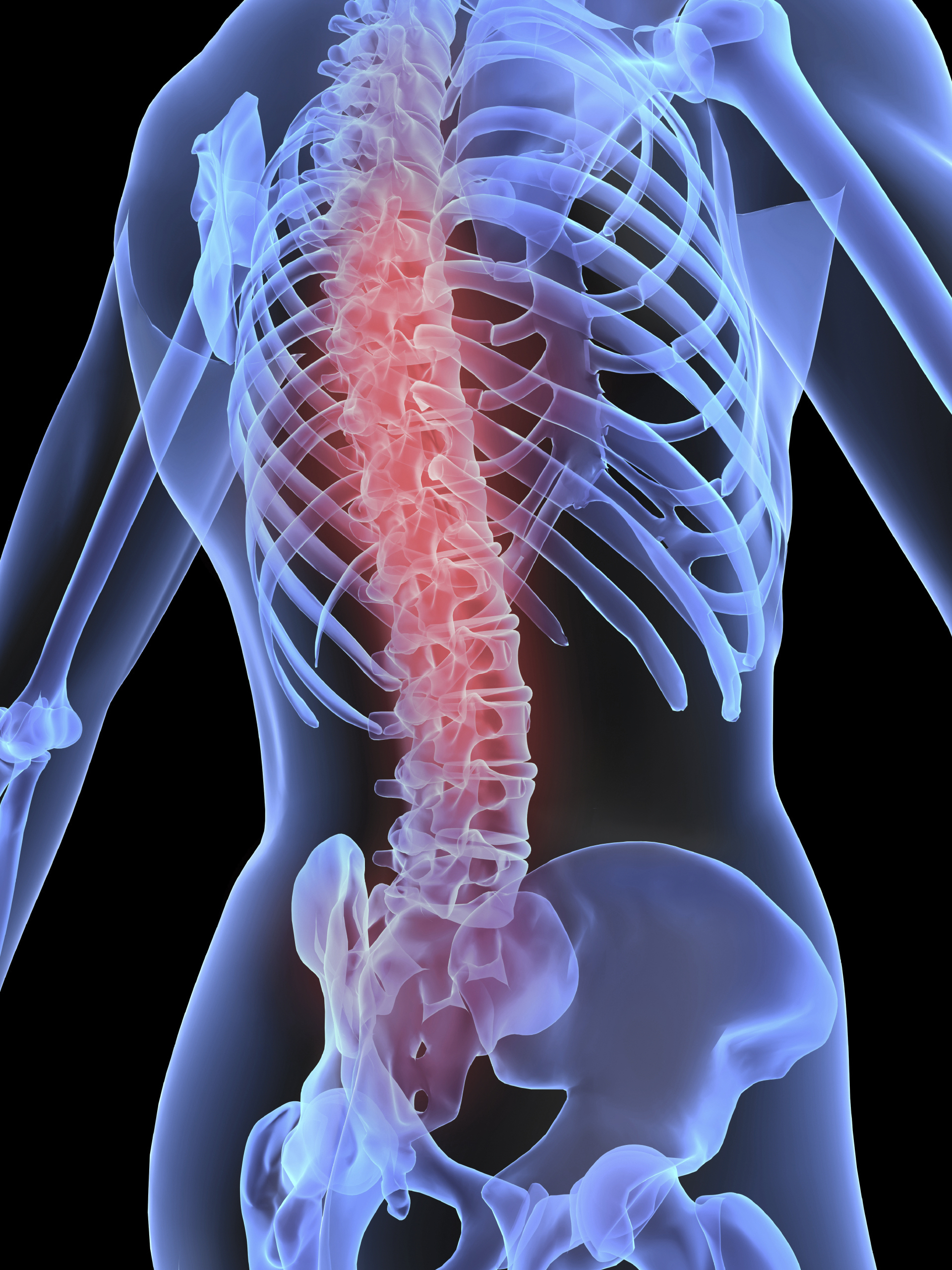What you need to know
- The aim of this research was to document both short term and lasting functional changes that could be safely and comfortably achieved through the combination of spinal stimulation and activity based rehabilitation in patients with a C4-T12 spinal cord injury.
- Participants were assessed using various evaluation criteria including the International Standards for Neurological Classification of Spinal Cord Injury (ISNCSCI), the ISNCSCI is a widely used examination tool which allows clinicians and researchers to understand the level and severity of a spinal cord injury.
- Results showed that five out of six participants demonstrated a change in either level of injury or severity of injury when assessed using the ISNCSCI classification.
In a nutshell
This study aimed to assess the effects of transcutaneous electrical stimulation combined with activity-based rehabilitation (ABR) in individuals with a chronic spinal cord injury. Transcutaneous electrical stimulation of the spinal cord (tSCS) was delivered using the ARCEX System (ONWARD Medical). A total of six individuals participated in three, two hour, ABR sessions a week, during which they received at least 45 minutes of transcutaneous spinal cord stimulation (tSCS). Participants each underwent a total of 120 sessions.
The study measured changes across three key domains, (sensory, motor, and autonomic function) using a set of internationally recognized evaluation criteria. These assessments were performed at baseline (prior to intervention), and then repeated after 40 and 120 sessions of rehabilitation.
Residual sensory and motor function was assessed and graded using the International Standards for Neurological Classification of Spinal Cord Injury (ISNCSCI). Lower extremity motor function was assessed using the NeuroRecovery Scale (NRS), this involved participants undertaking various task-based exercises which researchers scored numerically. Autonomic function was assessed using a set of standardized questionnaires.
The most significant findings were associated with sensorimotor function gains, which were observed after a minimum of 60 sessions of tSCS-ABR. More specifically, results showed that five out of six participants demonstrated a change in either level of injury or severity of injury when assessed using the ISNCSCI classification; and all six participants demonstrated an improvement by at least one phase according to the neuromuscular recovery scale. Researchers hope to replicate these findings in individuals with cervical spinal cord injuries.
How this supports our goal to cure paralysis.
This study’s findings demonstrate that transcutaneous stimulation may be a promising approach to treating spinal cord injuries. Early results indicate that tSCS, when combined with activity-based therapy as the ability to produce tangible improvements in sensory and motor function. By demonstrating changes in injury levels and severity classifications in the majority of participants, it is clear that this combined approach has considerable promise in reshaping the landscape of spinal cord injury rehabilitation and functional recovery



